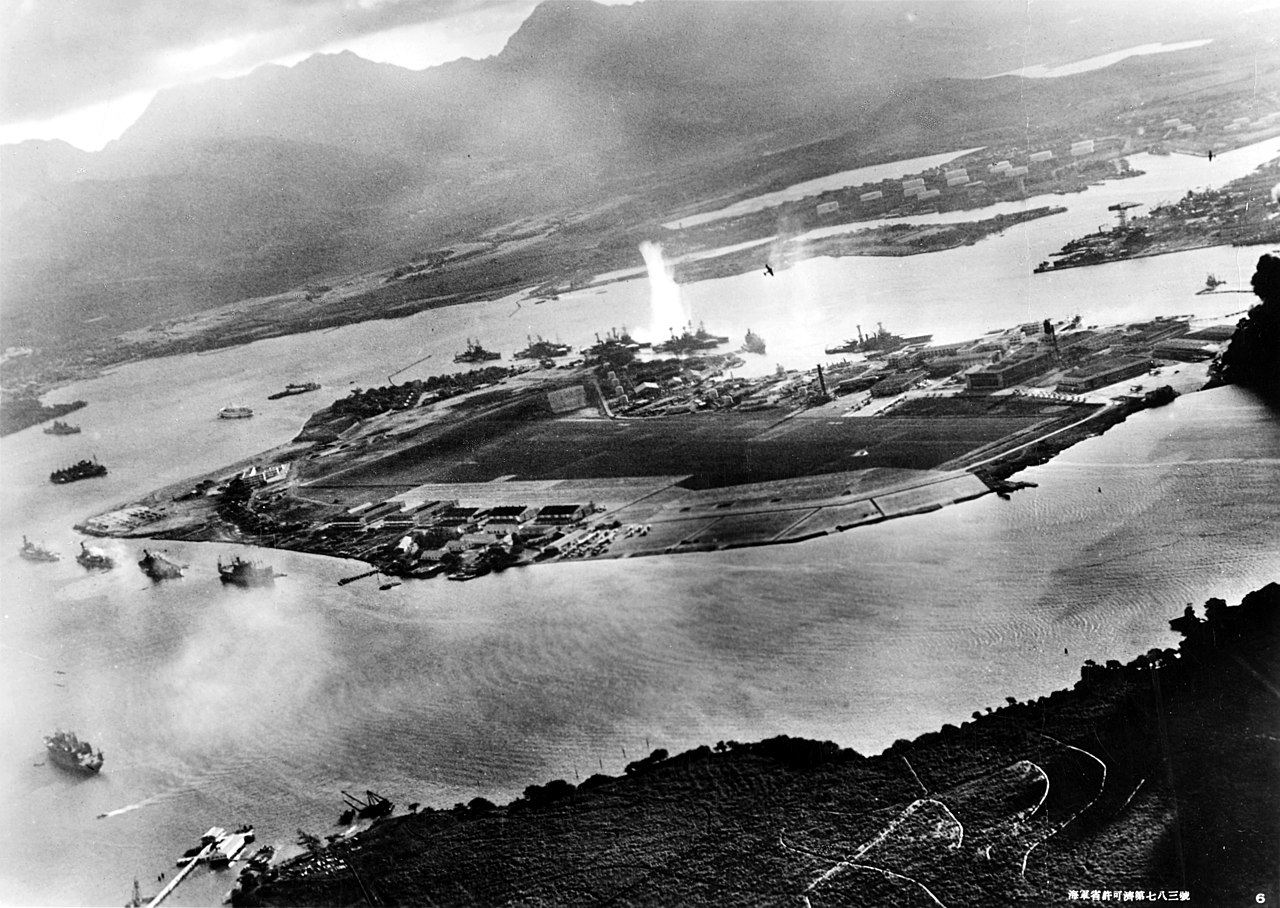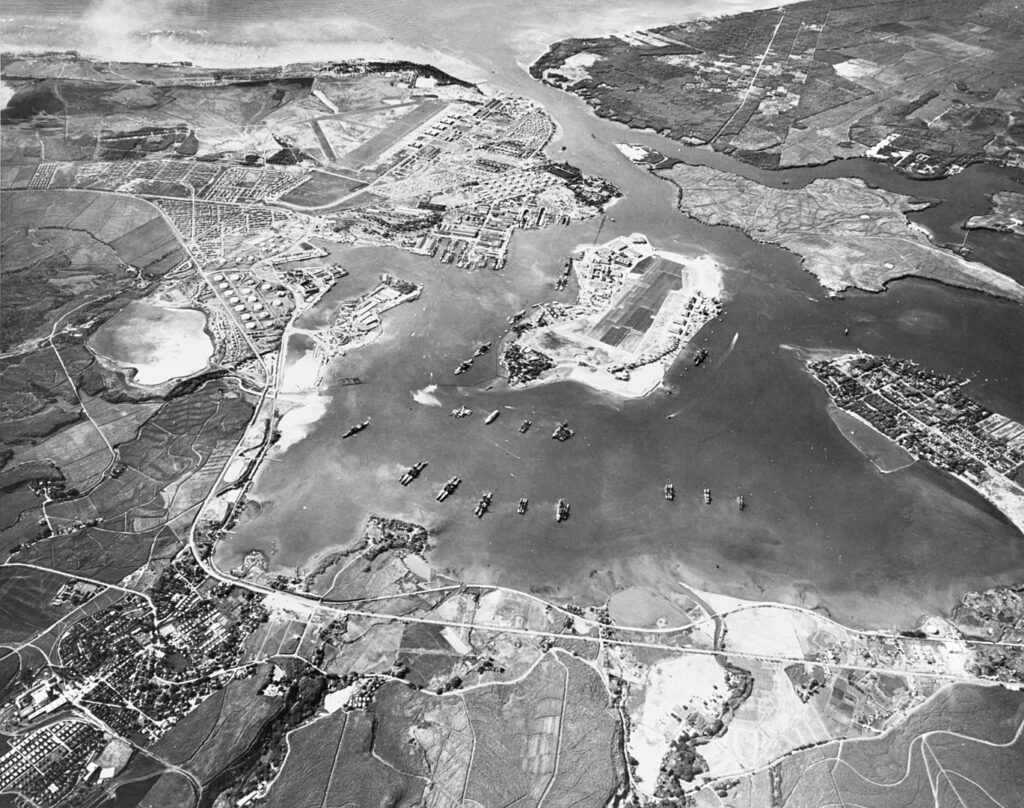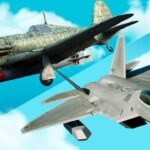“Vintage Aviation News staff did not write this article; the content comes via our partners who wish to help $upport our website.”
“December 7, 1941—a date which will live in infamy…” These were the words of President Franklin D. Roosevelt a day after the Empire of Japan bombed Pearl Harbor. This naval US base near Honolulu, Hawaii, was the target of a devastating surprise attack by Japanese forces. But if you want to get the key moments—the causes and consequences of the attack on Pearl Harbor, read the following article.
Pearl Harbor at Schools
Schools worldwide teach this historical moment that pushed America toward entering World War II. Students who are keen to learn more can find free research paper topics about Pearl Harbor because essay examples of this type are well-structured and presented understandably, helping students formulate a successful topic for their school sample.
Historical topics are usually not that easy to write about. Thus, using professional help is reasonable. Study Driver is always ready to help with any assignments, even when they are complicated. So, there is no need to worry.
Unraveling the Causes of the Attack on Pearl Harbor
The Japanese attack on the United States had one reason why it was carried out — oil. In reality, it’s not as simple as it sounds at first. At the time, Japan wanted to modernize its economy while, at the same time, building an empire. Yet, there was one problem — Japan lacked natural resources. So, the only way to achieve both goals was to expand the territory and occupy its neighbor’s import market. It led to Japan going to war with China in 1937.
America wasn’t pleased with this hostile attack on China, so it froze all imports to Japan, limiting its oil supply. It, of course, meant that Japan couldn’t act on its attack as strongly as initially wanted. Thus, Japan decided to take measures into its own hands.
By carefully planning, on December 7, 1941, Japan began its attack on the US by hitting the, for the country, easiest attacking target – Pearl Harbor.
Assessing the Consequences of the Attack on Pearl Harbor
The surprise attack on the US naval base had several consequences that would turn out to create some of the most significant events in history. The attack on Pearl Harbor was the first domino that toppled the rest — the first of several subsequent events that signified the end of World War II.
Relocation Camps
The foremost result of Japan’s attack on Pearl Harbor reflected on the Japanese-American people. Considering that there were over 2,000 Americans killed in the attack, Americans started rioting, outpouring anti-Japanese sentiments.
Because of this, the US government confined people of Japanese descent, Germans, and Italians into so-called “relocation camps”. That was justified under the cloak of “prevention of espionage.” It wasn’t until 1945, the end of WW2, that these people were released.
Women Stepping Forward
The Japanese attack on Pearl Harbor also influenced the work balance regarding gender. Since men had to step down from their jobs and join the war, women took over them and became the leading manufacturing force that fueled the economy.
The Declaration of War
The biggest consequence of this attack was undoubtedly the declaration of war against Japan. On December 8, President Roosevelt signed the US Congress Resolution that started the US-Japan war.
Interestingly enough, Japan believed the US couldn’t fire back after its initial attack. However, the US Navy wasn’t as badly hurt as believed. In fact, most of the ships—excluding the USS Arizona and USS Utah—were repaired and returned to battle.
Three days later, on December 11, Italy and Germany declared war on the US. It inevitably led to the final attack on Pearl Harbor outcome, which came on August 6 and 9, 1945—the Hiroshima and Nagasaki bombing.
The Follow-Up of Hiroshima & Nagasaki
The American response to the Japanese attack resulted in another famous historical moment—and a key shift in WW2. The atomic bombings at Hiroshima and Nagasaki led to the death of around 210,000 people.
After several tries and the Trinity Test, the US detonated an atomic bomb. So on July 26, 1945, the Allied Powers threatened Japan to surrender or face utter destruction. Japan didn’t yield, which led to the gruesome bombing.
The first hit was Hiroshima on August 6, 1945. Even after witnessing the destruction, Japan still refused to surrender. As a result, the US dropped the second bomb. That finally made Japan reconsider and put an end to the war.
The Impact of Pearl Harbor on World War II
The biggest consequence of the attack was also the most significant impact on WW2. The fact that the US entered the war signalized a push for the Allied Forces. Considering the military impact of the Pearl Harbor attack wasn’t as grave as thought, the US forces were able to strike back heavily.
Moreover, the Japanese missed one crucial part. By 1941/42, ships weren’t the main battle vessels—aircraft were. Luckily, on the day of the attack, all US aircraft carriers were away from the Pearl Harbor base. Plus, the Japanese attack hadn’t managed to hit vital locations: oil storage, repair shops, docks, etc., was intact.
The Importance of Remembering Pearl Harbor
Today, people interested in that historical moment can visit museums or other WW2 displays. Many new exhibits, such as the one at the Pearl Harbor Aviation Museum, are added continuously that showcase the impact the moment had on WW2.
As we mentioned, students are tasked to do Pearl Harbor research paper assignments, so visiting these sights may be of great help. Aside from writing an essay about Pearl Harbor, remembering the moment in history is important because it was pivotal for America and the rest of the world.
Conclusion
Roosevelt’s words echo even today. The Japanese attack on Pearl Harbor made a considerable mark in history and is deemed the pivotal event that changed WW2’s outcome. It prompted the deaths of thousands of Americans and Japanese people.
It would be left to wonder what would’ve taken place if Japan didn’t choose to go down the road. Did it result in a different outcome, or did all roads lead to the same point? That moment, as well as the overall World War II, serve as eye-openers to modern society. It’s left to us to see, understand, and learn from them.
“Vintage Aviation News staff did not write this article; the content comes via our partners who wish to help $upport our website.”

























